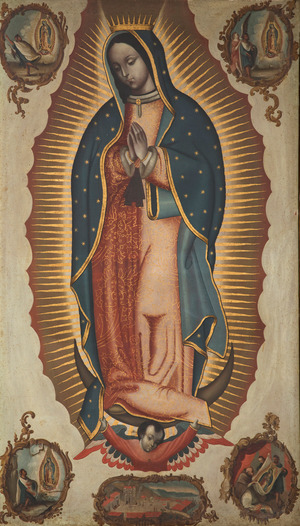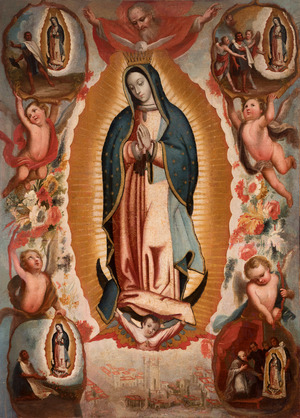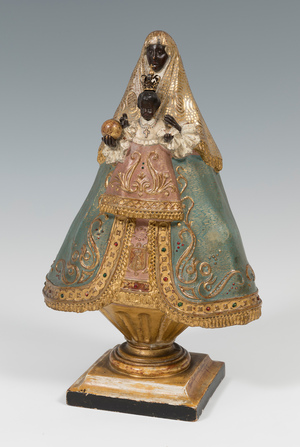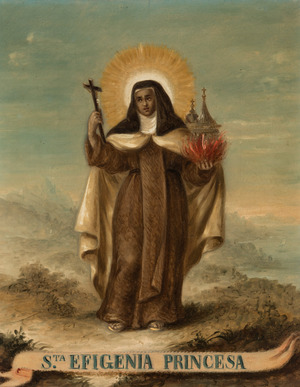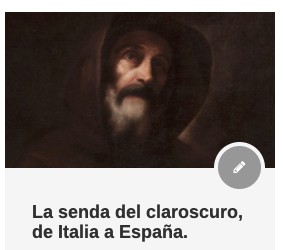Mestizo art and devotion in America
One of the pillars of the Christian faith is the conviction that human beings were created in the image and likeness of God. If we transfer this idea to the world of art, we observe that it is done in reverse, that is, the virgins, saints and Jesus acquire the physical features of each population. Art in America assumes this postulate and takes it as a guide to display unique works throughout the world.
The new faith established in the American territories brought with it from renewing ways of life to European artistic influences. For example, a flamenco panel from the beginning of the 16th century, with a virgin with golden hair and pale skin, would be unusual in a city like Mexico or Lima. Art therefore had to adapt to aesthetic canons, local traditions and, of course, to the appearance of its faithful. Let’s start with the most obvious case of all, the Virgin of Guadalupe.
The first saint of the entire continent, Juan Diego Cuauhtlatoatzin, a Chichimeca Indian who lived in a town a few kilometers from the historic center of Mexico City, would receive four apparitions of the Virgin. He would make his image known to the bishop of the city after opening his tilma (indigenous cape) where he carried roses and when these fell, he revealed the impression with the figure of Mary. This iconography would be a banner of the cultural identity of current Mexico and America. The Virgin, as we see in the image, is mestizo. Her skin in grayish tones evokes the mixture of native and Spanish blood, her thin and slanted eyes, as well as the dark hair that hides the veil, would be clear allusions to both cultures. The idea has also been held that this dedication was partly the product of religious syncretism with the Mexica deity Tocih, known as “the mother of the gods”. In the anonymous painting that we show, the physical features of Juan Diego himself are defined by the painter, thus placing the value of his blood as well as his people.
The abominable slavery of people of African origin destined for the New World is another element to be taken into account within viceroyalty art and the cultures of the continent. The confluence of peoples with their traditions was a cultural explosion that turned to religion and art as the best vehicle to reflect that reality. Saints or black virgins are also common in these areas and essential to spread the devotion. Bringing the divine image closer to the people, that is the goal, there could be no better way to achieve it by adapting the paintings and carvings to the appearance of the faithful. Next, we can see a couple of examples in which the skin of the virgin and the saint clearly allude to the reality of these people.
The meeting point that was the continent during the almost four hundred years of the Hispanic period gave rise to an art that assimilated the local American cultures, those of the peoples who came from Africa as well as those who lived on the Iberian Peninsula. His religious images full of indigenous people, Africans, Castilians, mulattoes and Creoles are an example of the multiculturalism and coexistence of the time, of a historical reality that is evidenced through a unifying and universal art for all peoples.

